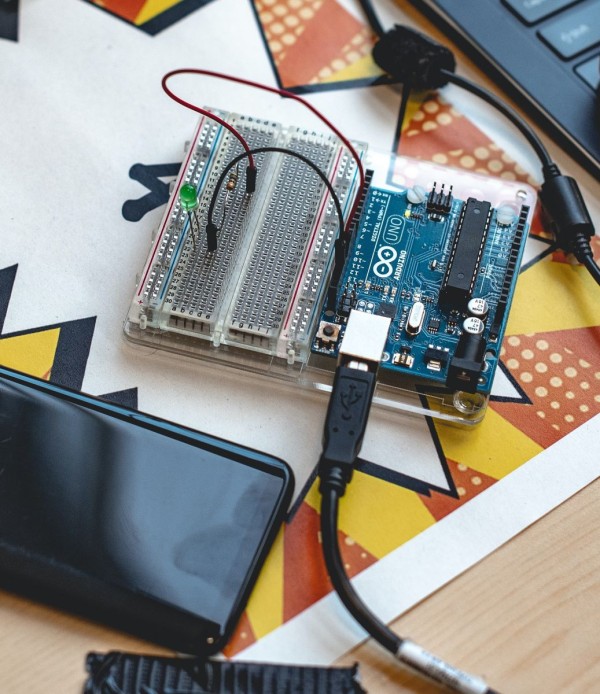In This Article
Old photos are extremely delicate – they get easily torn and damaged, and their colors fade over the years. Unfortunately, fixing the defects in real life is almost impossible, but you can easily modify and perfect old pictures using dedicated photo editors.
Several handy tools on the market can help you restore old photos on your own. In this post, we’ll be talking about some of the best programs you can use for this job. Let’s get started right now.
Below, you will find five options you can consider when restoring old photos. We’ll begin with mobile apps for Android and iOS. Then, you’ll discover software for fixing pictures on a computer. So, let’s figure out which program suits you better.
1. FixMyPics
FixMyPics is a reliable photo restoration app that offers a variety of photo editing options. Its suite of tools lets you repair torn edges, remove stains or creases, and even reconstruct missing parts of an image. FixMyPics also offers such features as noise reduction, color correction, and quality enhancement.
Moreover, the mobile app allows you to share your edited photos instantly through social media networks and messengers once the final result is ready.
2. Photo Scan: Restore Old Pics
If you are looking for a convenient way to restore old photos on the go, Photo Scan: Restore Old Pics is worth considering. This handy app lets you scan and restore your old pictures directly from your smartphone or tablet.
With its automatic correction features and easy-to-use interface, you can effortlessly enhance faded colors and repair minor damages in your pictures with just a few taps.
By the way, this photo restoration app also lets you create videos with restored photos. So, once you’re done editing your pictures, don’t hesitate to turn a group of your images into a touching slideshow of memories. Moreover, this is a lightweight app, so you don’t need much free space on your device to restore old photos with Photo Scan: Restore Old Pics.
3. PhotoGlory
To edit old pictures on a PC, you can use PhotoGlory, AI-powered desktop photo restoration software. This is a user-friendly program with plenty of photo restoration capabilities. It allows you to remove any kind of defects from your old photos with minimum effort.
You can use PhotoGlory to fix the composition, correct lens distortions, denoise an old picture, add text captions using vintage and classic fonts, and enhance the overall quality of images with various sharpening tools.
Best of all, the software offers AI-based features to colorize black-and-white pictures and restore old photos with just one click. If you need more control, you can also use manual tools for erasing dust and stains with precision: patch, healing brush, clone stamp, adjustment brush, etc.
4. Photoshop
Known as the industry standard, Photoshop also offers powerful photo restoration capabilities. For example, you can remove scratches, repair damaged parts of pictures, adjust colors, and increase the sharpness of your photos like a pro.
In Photoshop, you will find a wide range of selection tools that are required for removing minor and major defects from damaged pictures. But there are almost no automatic features, so you’ll need to edit images manually.
There are several disadvantages you need to take into consideration, though. Photoshop has rather expensive subscription plans, so you’d better try something else if you’re looking for a budget-friendly old photo restoration program. Also, the software requires a powerful computer to handle resource-intensive tasks.
Besides, you need to undergo a steep learning curve to master the software’s toolset, especially if you have little experience in photo editing.
5. PhotoWorks
If you are looking for a combination of simplicity and professional-level capabilities, then you should try PhotoWorks. This laptop-friendly Photoshop alternative is designed to be accessible to users of all skill levels. Here, you can restore old pictures both automatically and manually.
So, with PhotoWorks, you can easily remove date stamps, tears, creases, stains, and other damages. Besides, you can correct colors with curves, HSL sliders, hundreds of filters, 3D LUTs, and Lab Colors.
Moreover, PhotoWorks features a batch processing mode, so you can fix multiple images at once – imagine having a whole pile of old photos fixed in a matter of seconds. Unlike some other photo restoration tools, this photo editor lets you enhance your pictures without compromising the quality after saving the finished photos.
Online Photo Restoration Tools
- Remini: Uses AI to enhance resolution, fix blurry faces, and colorize black and white photos.
- Luminar AI: Offers advanced tools for noise reduction, sharpening, and color correction, with presets for specific photo types.
- Fotor: Provides basic editing features alongside AI-powered restoration options like scratch removal and automatic colorization.
- DeepAI: Employs deep learning algorithms for impressive results in noise reduction, sharpening, and upscaling, mainly for historical photos.
- DALL-E 2: While not specifically for photo restoration, this powerful AI tool can creatively paint missing parts of photos or even reconstruct faces based on limited information.
Tips For Restoring Your Old Photos
- Clean the physical photo: Gently wipe off any dust or dirt using a soft, lint-free cloth.
- Scan the photo: Use a high-resolution scanner to create a digital copy of the old photo. Ensure that you scan in color and save it in TIFF or PNG format for better quality.
- Use software applications: Adobe Photoshop, GIMP, or other specialized restoration tools can be used to restore old photos.
- Repair cracks and tears: Utilize cloning or healing tools to fix visible damage like cracks, scratches, or tears on the scanned image.
- Remove stains and spots: Spot-healing brushes can help eliminate stains, watermarks, mold spots, or other discolorations on the picture.
- Adjust brightness and contrast: Enhance details by adjusting brightness levels and contrast settings. This helps bring out more clarity in faded areas of the photograph.
- Fix color balance: Correct any color shifts caused by aging by adjusting hue/saturation levels. This helps restore natural tones to your restored photo.
- Sharpen details: Apply appropriate sharpening filters to enhance fine details without making the picture appear over-sharpened or unnatural.
- Crop unwanted elements or borders: If the image contains unnecessary parts that detract from its focus, cropping them out can improve the overall composition.
- Save multiple versions/backup files: Always save your work under different file names to preserve different stages of editing progress. Create backups regularly during your restoration process.
Note that advanced restoration techniques may require professional skills; if you’re not confident with complex edits, consider seeking assistance from experienced professionals specializing in restoring old photos.
Wrapping Up
Now you know five go-to programs to make damaged pictures flawless. No matter which app you choose from this list – whether it’s Photoshop or PhotoWorks for advanced editing tools or one of the dedicated photo restoration programs like PhotoGlory or FixMyPics – each one provides unique features that can help you enhance the quality of your pictures with no hassle. So, it is time to choose one of the tools and give it a shot.











